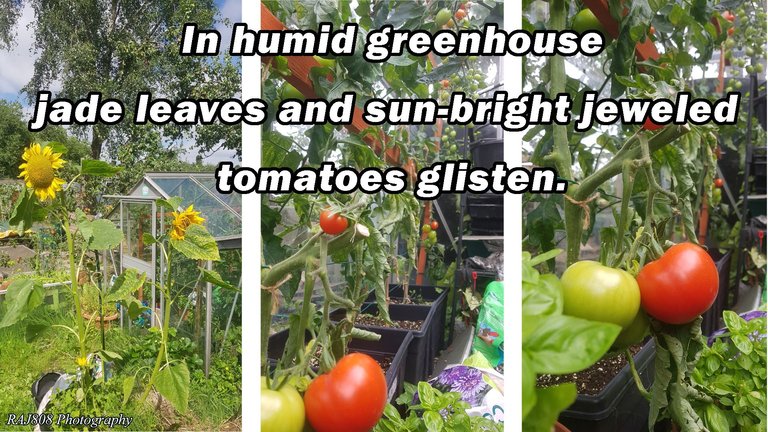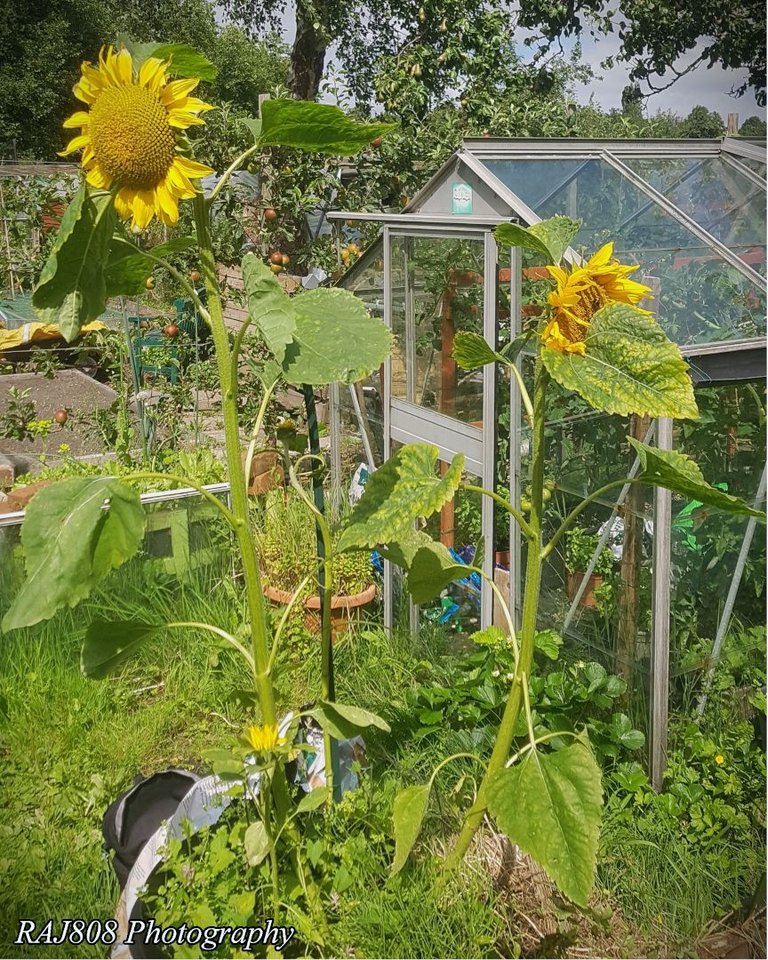The Brevity of Haiku and its Impact (The Greenhouse)

jade leaves and sun-bright jeweled
tomatoes glisten.

The brevity of haiku, stemming from its concise structure and vivid imagery, creates a powerful impact on the reader. By distilling complex emotions and experiences into just a few carefully chosen words, haiku invites us to slow down and fully experience the depth of each moment.
Good haiku effectively dismisses the present moment by reflecting on a single subject in time, helping the reader or writer escape from thoughts of future goals or past regrets.

“Life is all memory, except for the one present moment that goes by you so quickly you hardly catch it going.” ― Tennessee Williams
This post is the third in a series of poetry blogs that will explore the positive effects of haiku on mental health by helping to find stillness through mindfulness.

As I’ve tried to express in this post, growing crops forges a physical reconnection with the earth. Growing and caring for any plant provides a focus for thought which can becalm the busy flow of thoughts that is the norm for many people's mental landscape. Equally, haiku provides pinpoint clarity for the conceptual world… distilling something down to its essence, as I tried to do with my haiku about the greenhouse.
What is Haiku?
Haiku is a traditional form of Japanese poetry that dates back to the 17th century. It consists of three lines with a total of 17 syllables, typically arranged in a 5-7-5 pattern. The brevity and simplicity of haiku make it a perfect medium for capturing fleeting moments and expressing profound emotions.
Embrace the Haiku Way: Start jotting down your own haiku, embrace the beauty of the present moment, and witness the transformative power of this ancient poetic form.
Thanks for reading 🙂🌿



